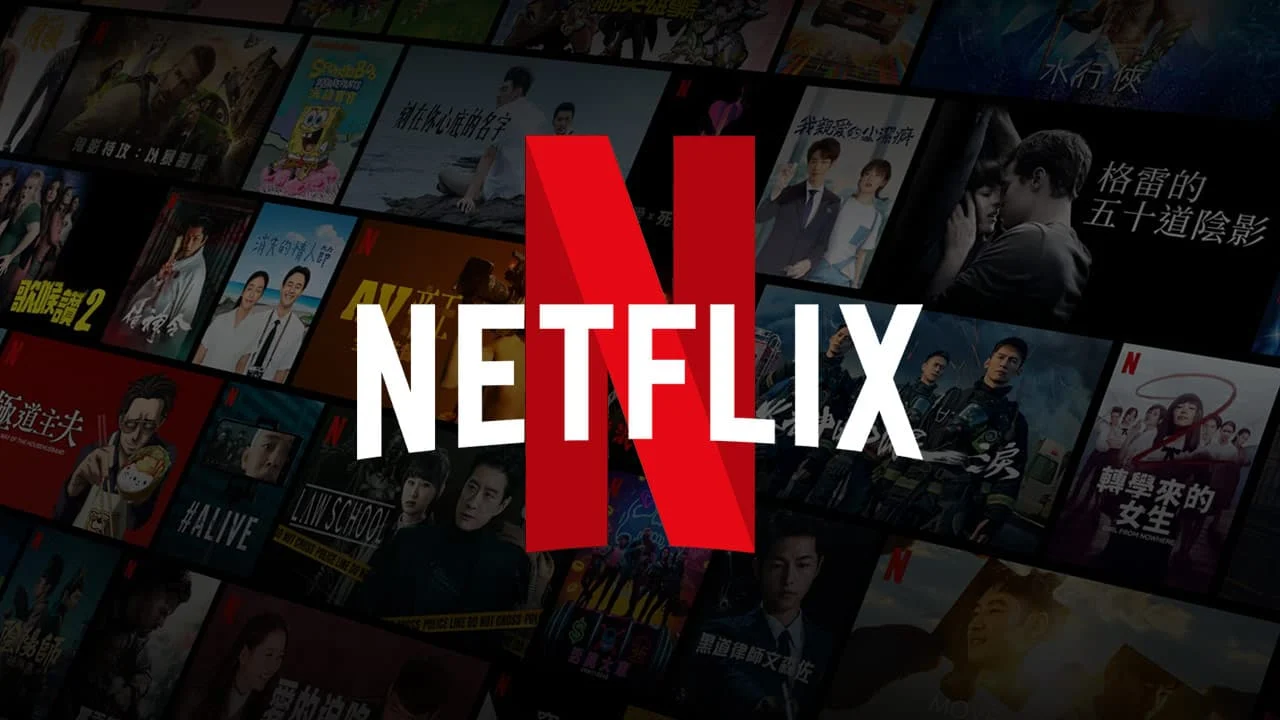
Netflix – The Leader in Streaming: A Success Story
Netflix has revolutionised the way we consume media, establishing itself as the undisputed leader in the streaming industry. From its humble beginnings as a DVD rental service to becoming a global powerhouse, Netflix’s journey is a testament to innovation, strategic vision, and adaptability. This article delves into the key milestones and strategies that have propelled Netflix to the forefront of the streaming world.
Early Beginnings and Business Model Transformation
Founded in 1997 by Reed Hastings and Marc Randolph in Scotts Valley, California, Netflix started as a DVD rental-by-mail service. This model provided customers with a convenient alternative to traditional video rental stores, eliminating the need to visit physical locations. The company’s innovative approach lay in its subscription-based system, which allowed users to rent an unlimited number of DVDs for a fixed monthly fee. This eliminated late fees and due dates, addressing a significant pain point for consumers and fostering a loyal customer base. The subscription model not only disrupted the conventional rental market but also set the stage for Netflix’s future transformations. By focusing on customer satisfaction and convenience, Netflix built a strong brand reputation early on, distinguishing itself from competitors and laying a solid foundation for its subsequent ventures into digital streaming.
Pioneering the Subscription Model
The introduction of the subscription model was a pivotal moment for Netflix. By offering a flat-rate fee for unlimited rentals without the hassle of late fees, Netflix attracted a broad customer base seeking flexibility and convenience. This approach revolutionised the rental industry, challenging established players like Blockbuster and prompting them to reconsider their business strategies. The subscription model also provided Netflix with a steady and predictable revenue stream, enabling significant investments in technology and infrastructure. This financial stability was crucial for the company’s ability to innovate and adapt to changing market dynamics. Moreover, the focus on customer-centric policies fostered trust and loyalty, ensuring sustained growth and positioning Netflix as a forward-thinking leader in the entertainment sector.
Transition to Streaming and Technological Innovation
Recognising the potential of digital technology, Netflix began shifting its focus from physical DVDs to online streaming in the late 2000s. This strategic pivot was driven by increasing internet penetration and advancements in streaming technology, which made on-demand video consumption both feasible and attractive to consumers. The transition to streaming represented a significant shift in how content was delivered and consumed, allowing for instant access to a vast library of movies and TV shows without the need for physical media. This move not only aligned with evolving consumer preferences but also positioned Netflix at the forefront of the digital revolution in media consumption. By embracing streaming early on, Netflix capitalised on the growing demand for digital content, setting the stage for its dominance in the streaming industry.
Investing in Technology and Infrastructure
To support its burgeoning streaming services, Netflix invested heavily in building a robust technological infrastructure. This included the development of proprietary algorithms for personalised content recommendations, ensuring that users were presented with shows and movies tailored to their individual tastes. High-quality video streaming was another critical focus area, with Netflix implementing advanced compression techniques and optimising content delivery networks to provide a seamless viewing experience across various devices and internet speeds. Additionally, the company leveraged data analytics and machine learning to gain deeper insights into viewer preferences and behaviours. This data-driven approach enabled Netflix to make informed decisions about content acquisition and production, enhancing user engagement and retention. By prioritising technological innovation, Netflix not only improved the user experience but also created a scalable platform capable of supporting its global expansion ambitions.

Original Content Production and Global Expansion
One of the key factors behind Netflix’s sustained success is its significant investment in original content. By producing high-quality, exclusive shows and movies, Netflix has been able to differentiate itself in a crowded market and attract a diverse global audience. This strategy has allowed the company to reduce its reliance on third-party content providers and establish a unique brand identity centred around original programming. The decision to invest in original content was a strategic move to enhance the platform’s value proposition, offering subscribers unique and compelling content that could not be found elsewhere. This not only drove subscriber growth but also positioned Netflix as a creative powerhouse capable of producing award-winning content that resonates with audiences worldwide.
Creating Award-Winning Original Programming
Netflix’s commitment to original content began with the release of “House of Cards” in 2013, a series that received critical acclaim and marked the company’s serious entry into original programming. The success of “House of Cards” paved the way for a slew of other original series and films, including “Stranger Things,” “The Crown,” and “Black Mirror.” These productions have not only garnered massive viewership but have also won numerous awards, further cementing Netflix’s reputation as a leading content creator. By investing in diverse genres and innovative storytelling, Netflix has been able to cater to a wide range of tastes and preferences, ensuring that there is something for every subscriber. This focus on quality and originality has been instrumental in building a loyal subscriber base and maintaining Netflix’s competitive edge in the ever-evolving streaming landscape.
